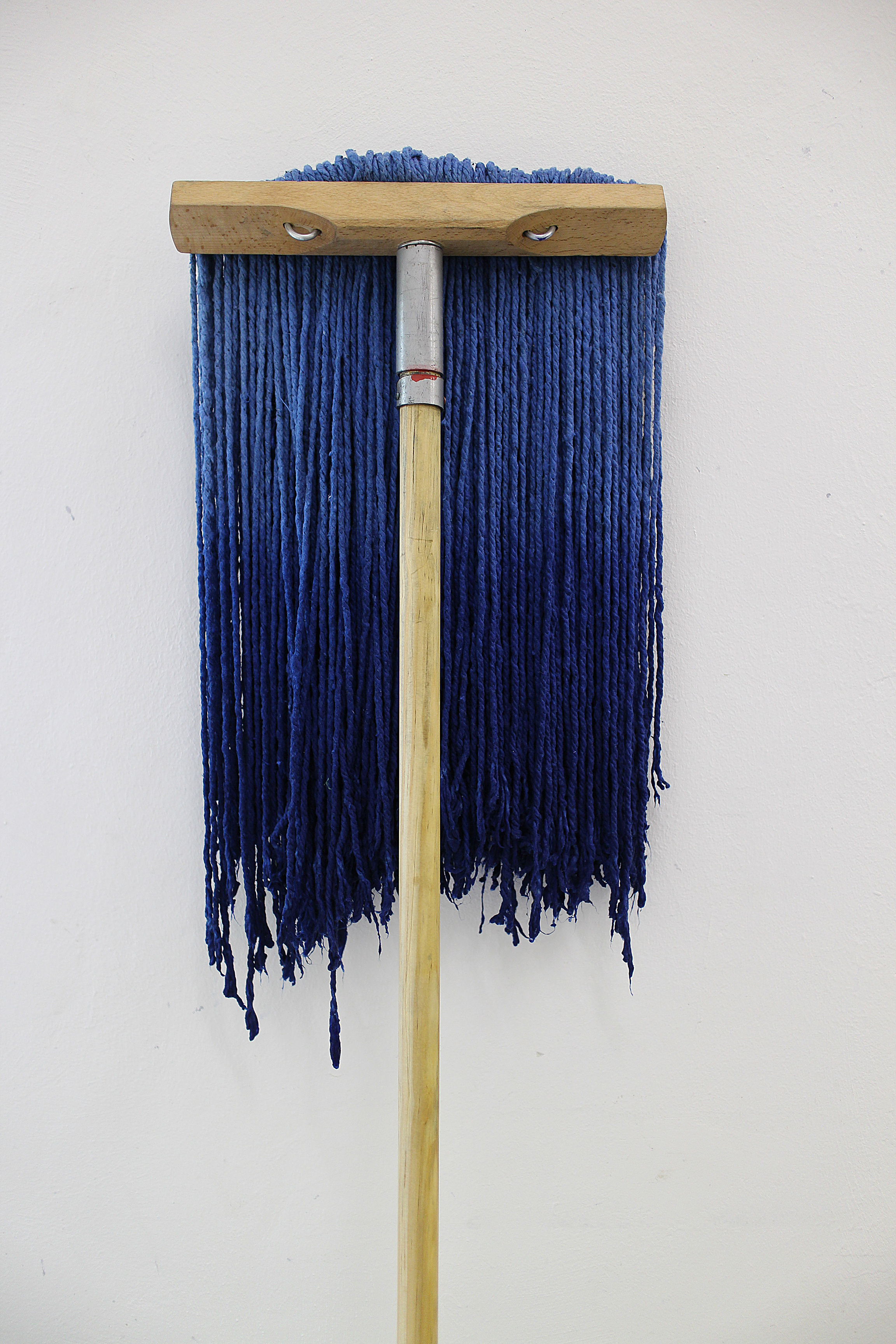
G.S.O.H., 2009
Are there issues that stand-up can address that contemporary art cannot, or vice versa?
I think that stand-up can be much bolder, with a broader audience and, of course, more immediate. It’s a question of speed and the ability to control your context. If you’re a good comedian, you can tackle very sensitive subjects and bring your audience to laugh at the situation or at themselves and their own assumptions with immediate effect. A joke or an idea is much more quickly disseminated into real life, retold to a friend after a gig, because laughter and humour play such a central role in our everyday lives. It’s also a clearer forum for invisible moral and intellectual boundaries, addressing something fundamental within us—what makes us laugh—whereas visual art is more interpretative, subjective and it’s harder to get the kind of ripple effect a joke might have. That’s not to say that a work of contemporary art can’t be as bold or confrontational; parts of the art world exist in a very privileged safe space in which artists can, and have, the responsibility to take liberties and risks, but it rarely has the broad audience that stand-up enjoys.
What is the role of humour within your practice?
It’s both a communication tool and a measuring stick.

Both of those relate in some way to audience or viewer response. Is this something you pay close attention to?
Absolutely, to the extent that I often have a particular person in mind when I am making a work. Of course, it has to work beyond that one person, but their reaction becomes central to the process. It’s a question of thinking through another person’s chain of thoughts, and how I can surprise or trigger something within them.
“During the performances, the slapstick element is never far away as it’s not always obvious who is in control, the object or the artist”
In Double Standards—A Sexhibition at ChertLüdde gallery in Berlin, you found humour in eroticism and irreverently placed your two idols, Andy Kaufman and Lee Lozano, in a pornographic tale. Why do you think sex is so consistently funny to us?
I don’t think that sex is consistently funny. It can be, of course, just as anything we are taught to repress or keep hidden has the potential to be funny when released, but I wouldn’t say it’s consistent like a fart or a burp (which are always funny). Sex has much more to do with taste boundaries, which means it’s a more complicated card to play. There are certain structural mechanisms within comedy that serve to erect a laugh like a pullback and reveal or an irreverent/incongruous juxtaposition of ideas, which is what my short story Info-Fuction draws on.

Can you tell me a bit about your use of form in relation to slapstick and the comedy prop?
The objects I make are commonly somewhere between a sculpture and a prop as they’ve often been conceived to punctuate a performance but have a life outside of it. I like to have some kind of latent movement built in, like in the form of a hinge or a wheel, so that you can see there is the potential for change and therefore a narrative—so in a sense “sculpture as event”. Much like the set-up for a joke, there is a starting image or impression that is then either undermined or simply recontextualized by a manipulated rereading of the work. During the performances, the slapstick element is never far away as it’s not always obvious who is in control, the object or the artist.
“I like to think of myself as a Jack (or a Jill) of many languages but a master of none”
Words play a prominent role in your works and are often the source of amusement—from your titles to your use of wordplay within performances…
I always have a list of word couplings or phrases I’ve overheard or stumbled across rolling around like marbles in my mouth. A phrase might become the end goal of a piece, as in its title/punchline, or it might just begin a chain of thoughts around why the phrase might be so potent. For example, I’ve been chewing on “Drunk and Fertile” for a long time. The word coupling is initially funny to me, before revealing a much darker undertone.

You work as a British artist in Berlin. How does humour move between—or become lost in the translation between—languages for you? Do you enjoy the journey in mis-translation?
I’m a British artist in terms of birth and education, but I’m a pretty colourful mix of English, Polish, German and Japanese blood, so I like to think of myself as a Jack (or a Jill) of many languages but a master of none. In 2014 I did a show at ChertLüdde called Local Artist which played on a purposefully naïve appropriation of Japanese language and aesthetics. Within the works there were jokes or triggers laid out specifically for Japanese-speakers, which excluded myself. The video I made was an attempt to parody the willingness of both sides to communicate with one another about objects that essentially defy that kind of brief spoken exchange, while the humour arose out of the misunderstandings in between. A mistranslation is a perfect linguistic short circuit between one idea and another, revealing a previously invisible boundary, which is one of the key mechanisms of comedy.
This feature originally appeared in issue 33
BUY ISSUE 33





